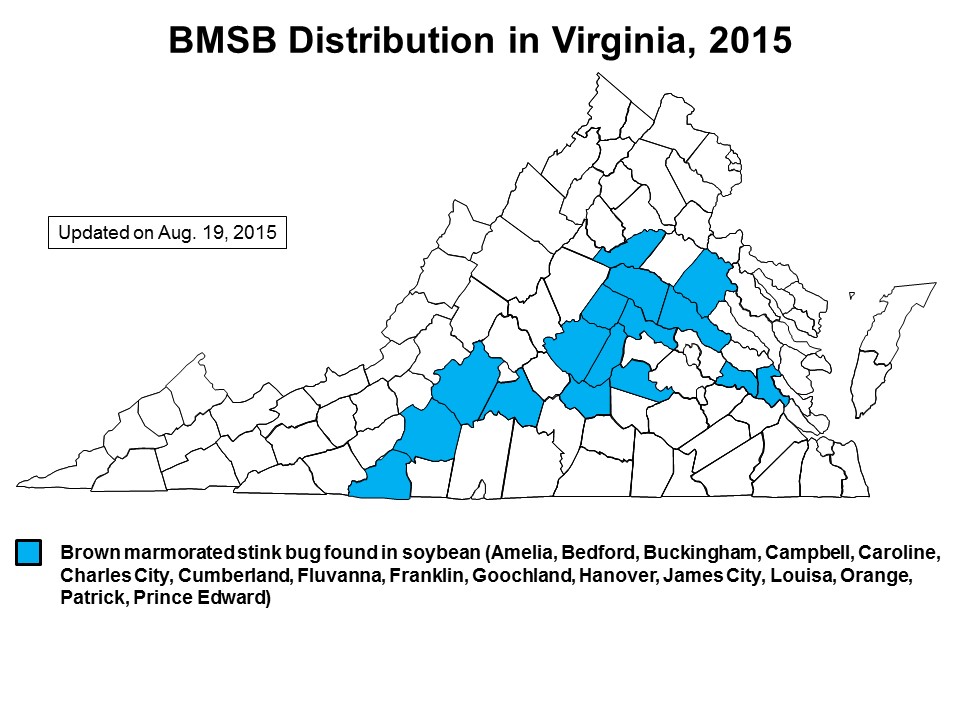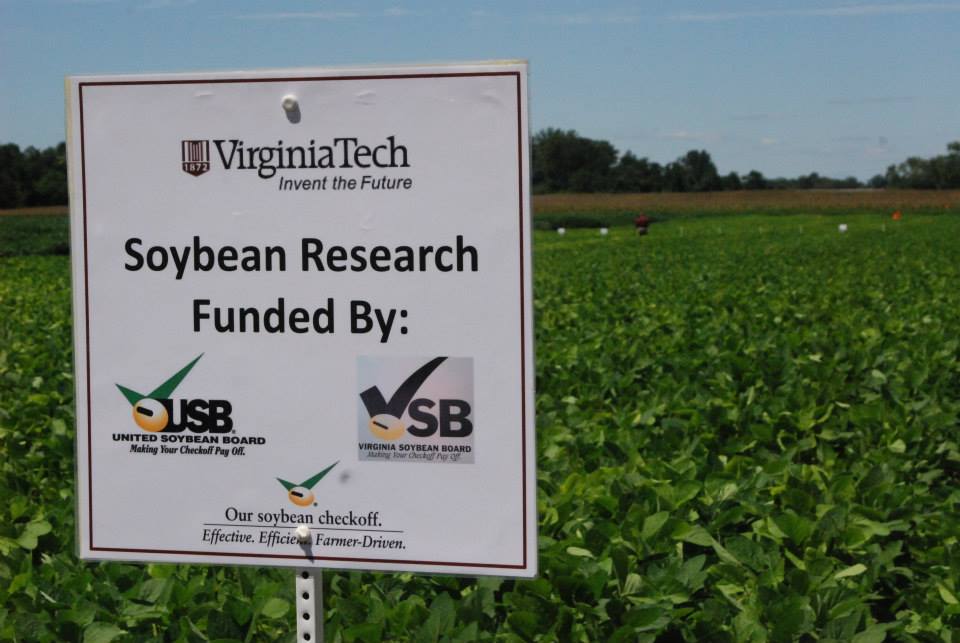Sorghum is susceptible to several insect pests. Both stink bugs and corn earworm are highly attracted to the heads once seed begin to form and both feed directly on those seed. Later planted sorghum is especially attractive to these pests as late sorghum heads offer a nutritious food source when many other host crops are reaching a stage that is no longer preferred.
We have seen sorghum heads in Virginia with large numbers of worms and severe head damage. We have also seen heads with stink bugs feeding. Growers should check all fields to determine if insecticide sprays are needed. The best and only efficient way to sample heads is to shake individual heads into a white 5 gallon bucket. Worms and stink bugs show up well in these buckets and can be easily counted. Sample several heads throughout the field and determine the average number of stink bugs and worms per head. Thresholds taken from several other states are pretty consistent:
Head worms (mostly corm earworm in Virginia)—an average of 2 worms per head
Stink bugs—2-4 per head at seed milk stage; 4-8 per head during soft dough stage
There are several insecticides labeled for use in sorghum that will provide good control of both pests. In general, pyrethroids are effective against stink bugs. To ensure the best control of corn earworm, use a non-pyrethroid such as Belt, Besiege, Prevathon, or Blackhawk.
IMPORTANT. Sugar cane aphid is also a potential problem for sorghum in Virginia. This is a new pest of sorghum in the US where it started in Texas and moved rapidly into the eastern states. Infestations have been reported as close to us as mid North Carolina and there is every indication that this pest could reach Virginia fields early enough to cause significant problems. These aphid populations can increase very rapidly and if numbers are high enough, the sticky ‘honey dew’ that they secrete while feeding can ruin heads and interfere with combines at harvest time. Please open and read the pdf below we have prepared that provides a lot of good information on this pest with color images to help with identification, sample procedures, thresholds, and recommended insecticides.




